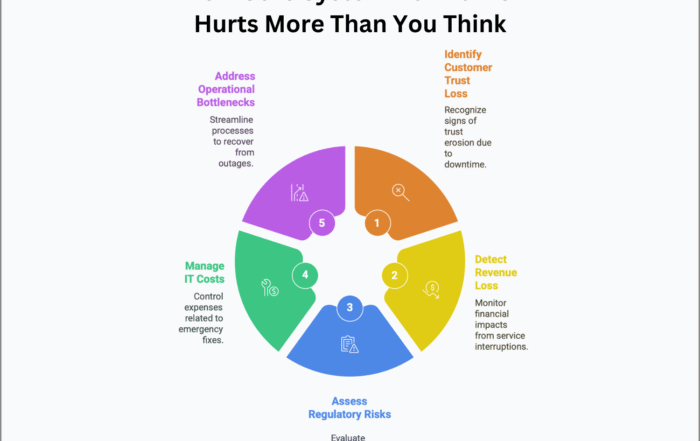
Evaluating the imperative for core banking system transformation, highlighting the need for modernization to enhance scalability, integration, and long-term profitability in the evolving financial landscape.
Assessing the Need for Core Banking System Transformation
- Age of Your Core System
- If your system is approaching its third decade or beyond, it may be signaling the need for an upgrade.
- Outdated technology can lead to inefficiencies, high maintenance costs, and integration difficulties.
- The Danger of “If It Ain’t Broke, Don’t Fix It”
- Just because a legacy system is still functioning doesn’t mean it’s serving all current and future needs.
- Ask if you can react quickly to changes in regulations, market dynamics, or customer expectations.
- Ask if you can launch new products and services at will. If not, your “unbroken” system may be constraining performance.
Enabling an Integrated and Scalable Banking Experience
- Human Relations in Modern Banking
- Today’s banking requires seamless integration between the core system, front-end channels, back-office operations, and third-party applications.
- An open architecture sets the stage for an effective and efficient technology ecosystem.
- The Importance of Scalability
- As your bank grows, the core system must be able to scale with increasing transaction volumes, new product lines, and geographic expansion.
- Legacy systems often struggle with scalability, leading to performance bottlenecks and costly workarounds.
- A future-proof core banking platform should be designed for easy adoption and fluid architecture to meet changing needs.
The Cost of Delaying Innovation
- Initial High Cost vs. Long-Term Expenses
- While the upfront cost may seem challenging, it pales in comparison to the long-term expenses of maintaining an outdated system.
- Aging systems lead to missed innovation opportunities, high maintenance fees, operational inefficiencies, and problems.
- Investing in Modernization for Sustained Growth and Profitability
- As the saying goes, “You have to spend money to make money.”
- Investing in core banking modernization positions your bank for real, sustained growth and profitability.
The Journey to Core Banking Transformation
- Unique Considerations for Each Organization
- The need for core banking transformation depends on factors like size, geography, product mix, and growth trajectory.
- Assessing Your Current Technology Infrastructure
- Evaluate the age, integrative possibilities, scalability, and long-term costs of your current infrastructure.
- Future-Proofing for the New Banking Landscape
- Core transformation ensures your organization is prepared to thrive in the evolving banking landscape.
- While the journey is challenging, the rewards in operational resilience, agility, and customer-centricity are immense.
Found this article interesting? Check out these three related reads for more.
- AI integration in legacy banking systems the agile advantage
- Evaluating core banking system implementation timelines
- Core banking transformation What it is and why it matters
#BankingTransformation #TechInfrastructure




